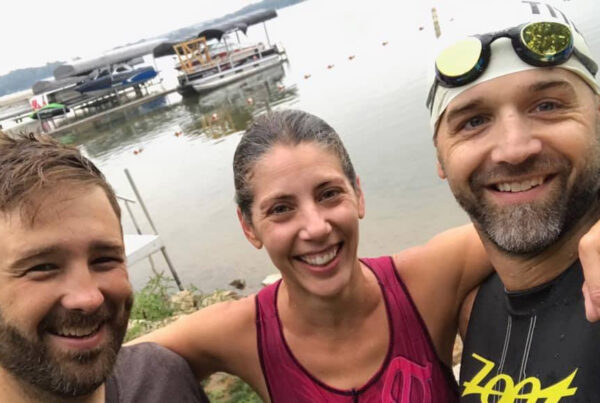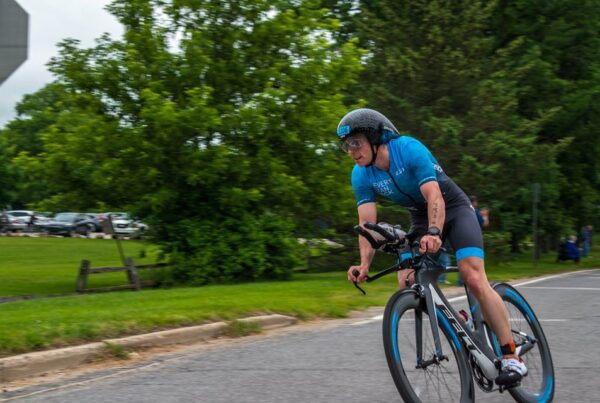Every so often we get side-tracked from our goals. Sports psychologist Midgie Thompson shows you how to get mentally back on board.
Clearly defined goals help to increase your motivation, focus, performance and confidence. Without clear goal-setting, your efforts may lack focus and direction, and your results will be inconsistent.
Ideally, your goals should excite you, rather than goals that you think ’should do’, ‘have to do’ or ‘need to do’. Clearly defined goals provide a starting point for action and a focus for your efforts. Using the SMART formula (see below) will make you more likely to succeed. So here are a few questions for you to consider:
- SPECIFIC
What specifically do you want to achieve? Where do you want to be at the end? - MEASURABLE
How will you know when you have achieved your goal? What evidence will you have? - ATTAINABLE
What resources do you need to achive your goal? Do you need any additional support or resources to help you? - RELEVANT
Do you stand a good chance of achieving your goal? Is your goal in line with your capabilities and priorities? - TIME-BOUND
When do you want to achieve your goal? What do you need to do and by when?
Outcome vs performance
Sports psychologists often talk about the difference between outcome goals and performance goals and encourage people to set performance goals.
An outcome goal would be “I want to finish my triathlon in under three hours” or “I want to place in the top 100.” You do not have control over these outcomes. These goals are influenced by factors outside your control such as poor weather, stronger athletes or getting a puncture in the bike section. By setting outcome goals, and then not achieving them, you might get discouraged and not continue in the sport.
Performance goals would be “I want to remain confident throughout the race, I want to manage my nerve and I want to cross the finish line.” Those are elements you can control and you have direct influence over-achieving. When you set performance goals and achieve them, this contributes to you feeling positive and successful and possibly doing it again.
The next steps
The next step is to develop a plan of action where you identify smaller milestone goals as stepping stones towards your end goal. By setting monthly, weekly, and session-by-session goals, you will know exactly what steps to take to get you to that end result. This provides a structure and a focus for your effects.
It’s also important that you put time in the diary, just like you would any other appointment, for your training. this ensures that you will be more likely to stick to your training plan, as you have a reminder every day as to what you are to do. Yet even with a detailed plan, your motivation may fluctuate. So, here are a few ideas to keep you going.
Keep motivated
We all have ups and downs and we all have things that take our focus away from where we want to go. So to help you keep your motivation high, identify the reasons WHY you want that goal.
- What will it mean to you to achieve the goal?
- What will happen when you get it?
- What benefits will you gain?
- How will achieving this affect other aspects of your life?
Reminding yourself of what it is you want to achieve and why you want to achieve it will help you keep on going.
Midgie Thompson of Bright Futures Coaching is a mental performance and lifestyle coach.
I loved the following video and wanted to share it. The distances the athlete in the video is training for may or may not be the same as your goal….but the message she delivers is right on target. I hope you enjoy it! ~Bob Karel
[youtube=http://www.youtube.com/watch?v=J8RrtppCAeM&feature=related]


